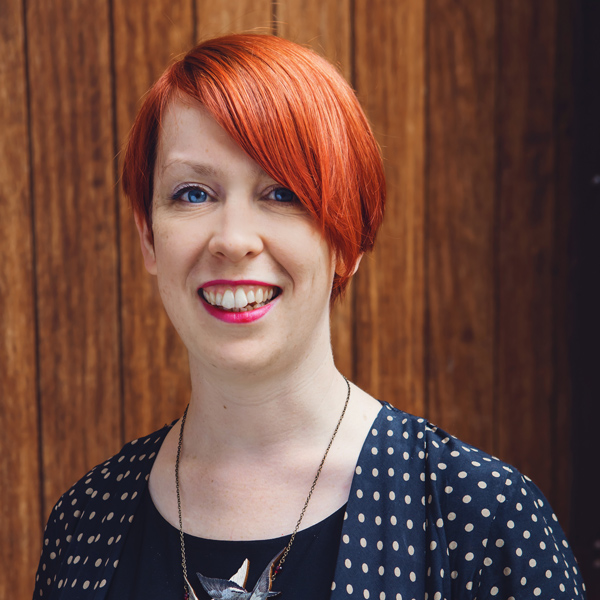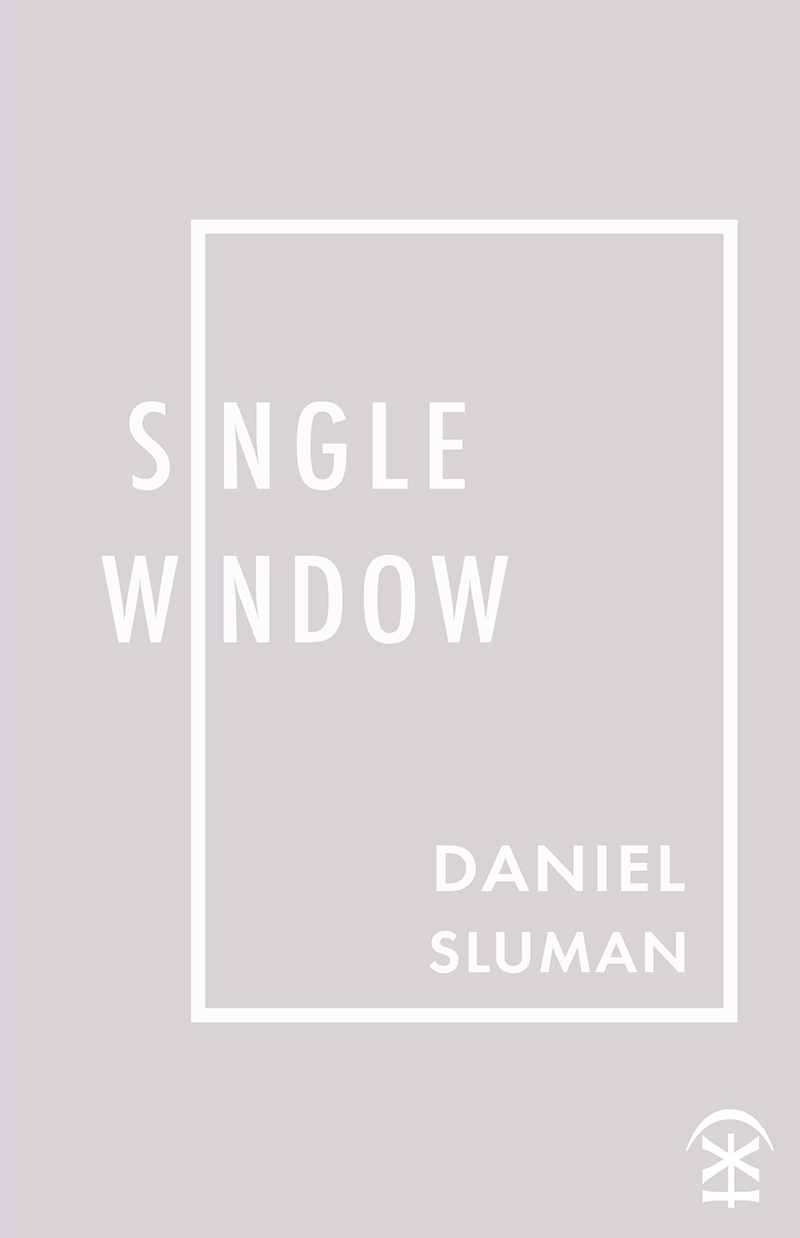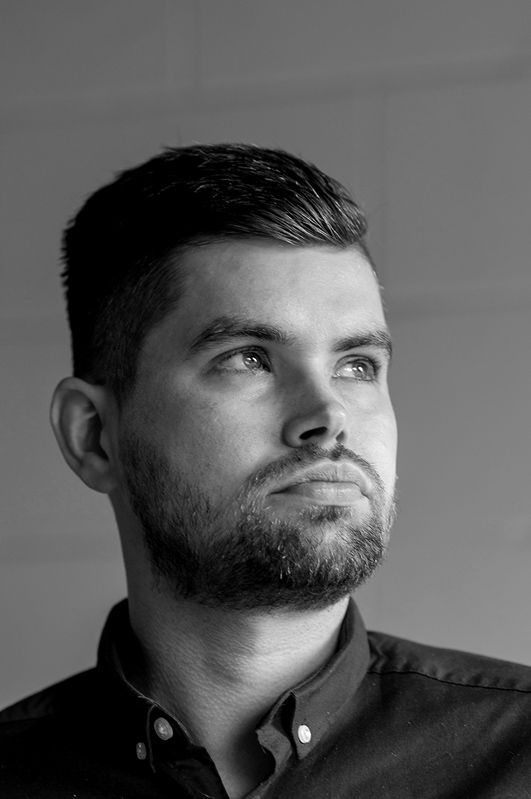
Jane Commane, Nine Arches Press
One of the great pleasures of being a publisher is that you also have the privilege of working with a poet over a period of time and observing their change and progression. I feel very lucky to have this unique close-up view of a poet’s creative process; the chance to see their ideas take shape, how they develop or build on the foundations of a first collection, how they seek out new routes, inspiration or try out new forms and approaches for future poems and possible future books.
I first encountered Daniel’s poetry at Ledbury Poetry Festival’s open mic in about 2010. The poem he read, which would later appear in his debut poetry collection (absence has a weight of its own, 2012) left me reeling; his poetry was precise and direct, full of unshakeable imagery. By happenstance, he’d just also sent a few poems to Under the Radar, our flagship magazine. Following this came a proposed pamphlet that we worked on and was later published as his first book.
Whilst debuts are of course important, I’m also rather fascinated by what a poet has in their imaginative storeroom – by what might be further down the line for them and their poetics. It’s personal too – I’m also a poet, wrestling with many of these same questions.
For some poets a second or third collection might take a wildcard approach; after setting out their stall in book one or two, rather than continue further along their original path they seek to detonate those previous approaches altogether; reinvent their poetry and, having got their confidence by previous collections, use this as a creative leaping-off point.
For others, a poetry collection is a continuation in a body of work. Here the stakes are similarly high, and this is not necessarily a less risky, innovative or exciting process. The poet continues to revisit the topics and ideas that interest, trouble, and fuel them and their creative process. They circumnavigate, seeking a new way into those themes they have visited before, almost as if to take them by surprise, to defamiliarise and to find that there remains more still to say – and that new forms may enable ways to say it.
These processes are not necessarily oppositional; they come from the same place of creative reinvention, departure and return (the push and pull instinct that powers so many of our creative impulses) and the taking of new routes, even if through a previously known territory, that both approaches embrace in their own way. In many ways, Daniel Sluman’s considered approach in creating single window takes in the best of both.
I first saw the poems that would crystalise into the poems in single window in 2017. What was immediately striking about them, from those earliest stages, was the development of the distinctive form that Daniel has created here; the poems themselves gathered movement, claimed a dynamic space on the page. Something which, through progressive drafts, became an increasingly radical, beautiful form alive on the page.
Paired with the images that depict Daniel and Emily’s lives during this time, the whole collection ultimately became a vivid and incomparable ‘hybrid journal’. The documentation of experience through both poetry and image in single window is also an intrinsic, powerful, re-centering of voice, and is indelibly connected to a whole remarkable thread of poems that Daniel has been writing since the early 2010s, and yet also truly representative of a point, or indeed year, in time.
To discover more about Nine Arches Press, visit the website. This article was published on 2 December 2021.

